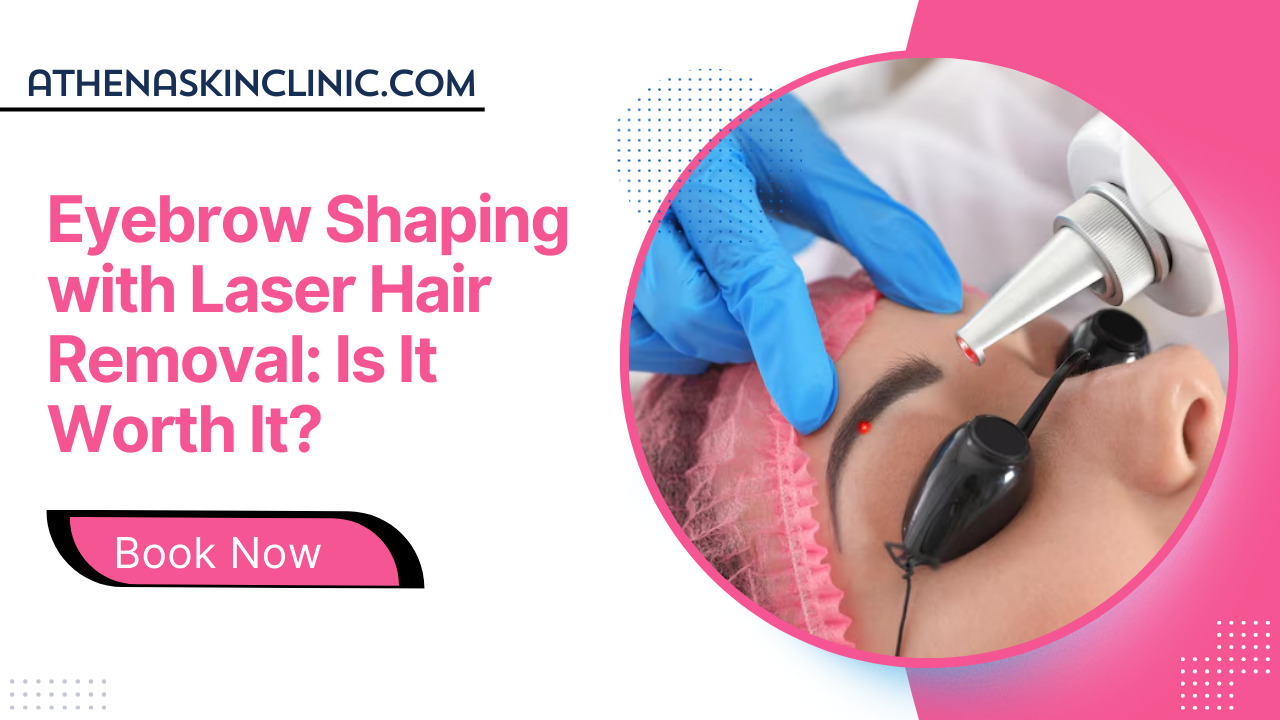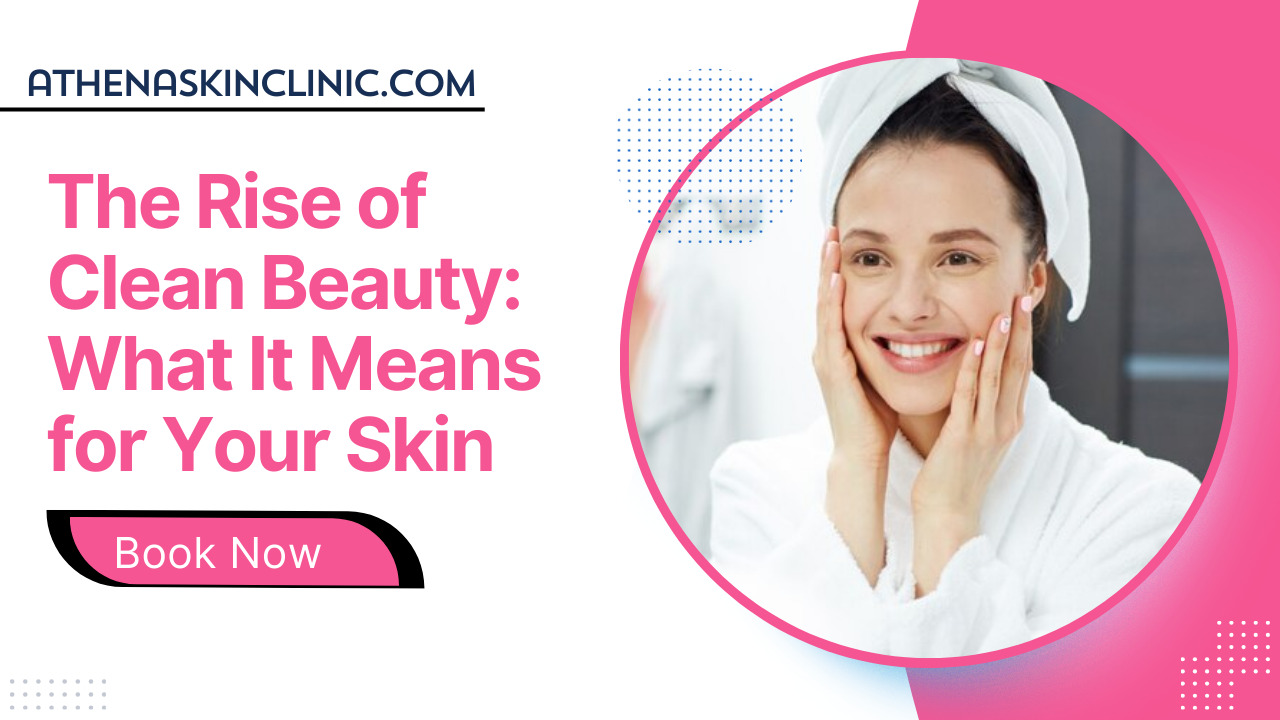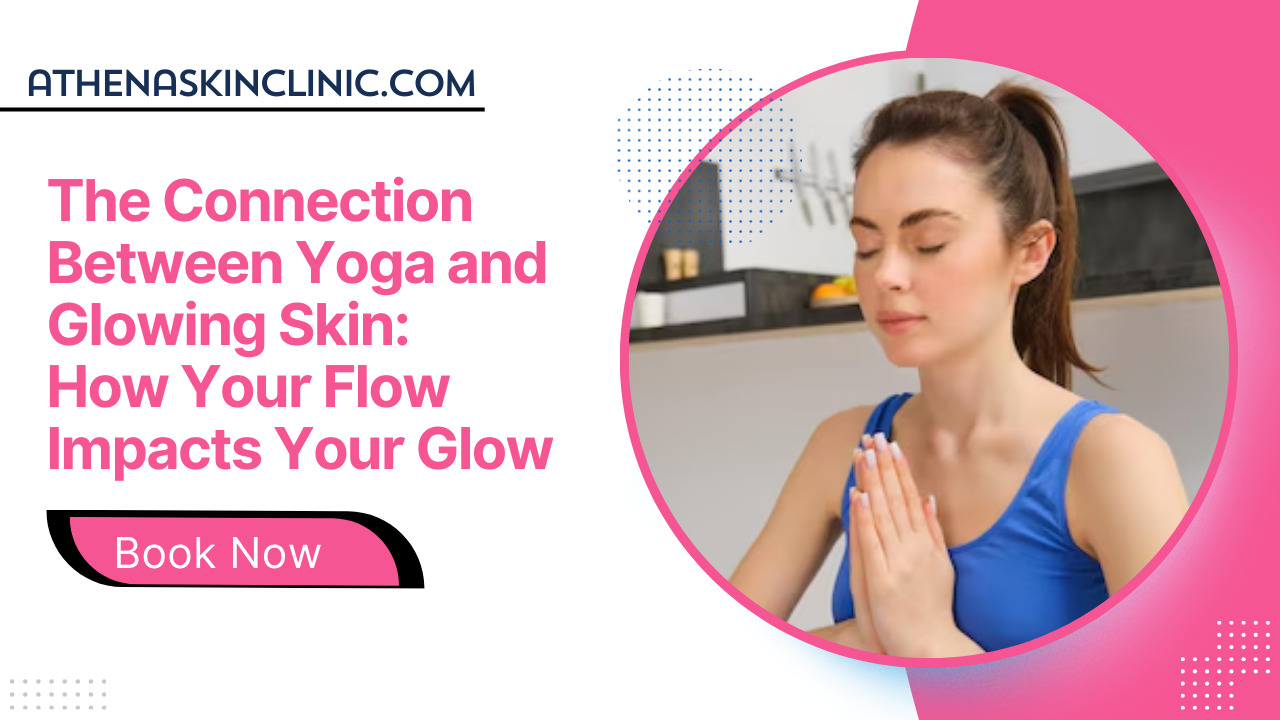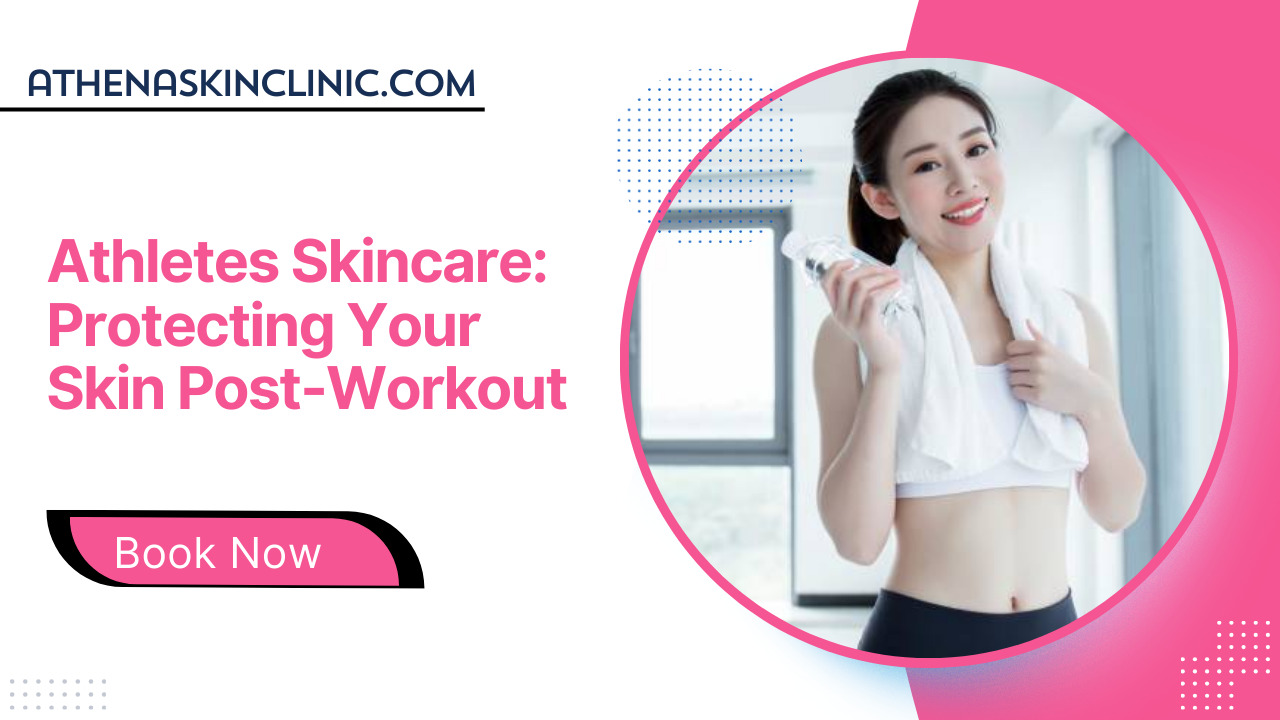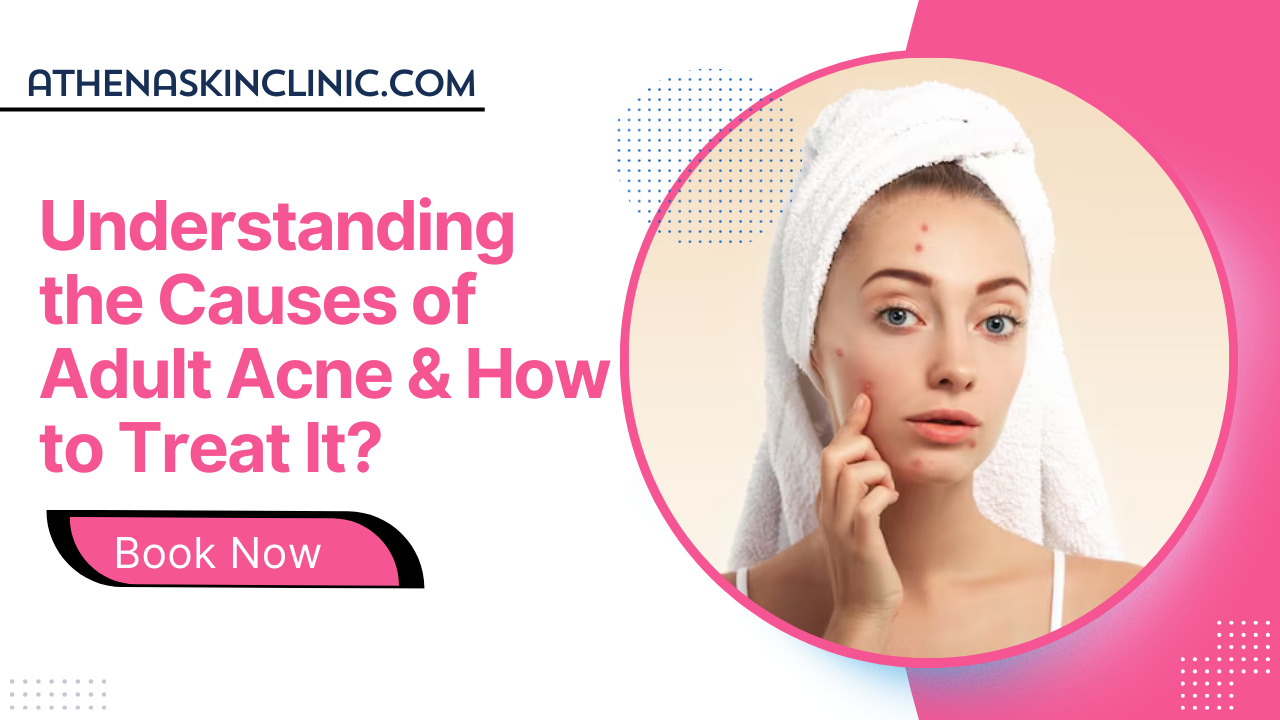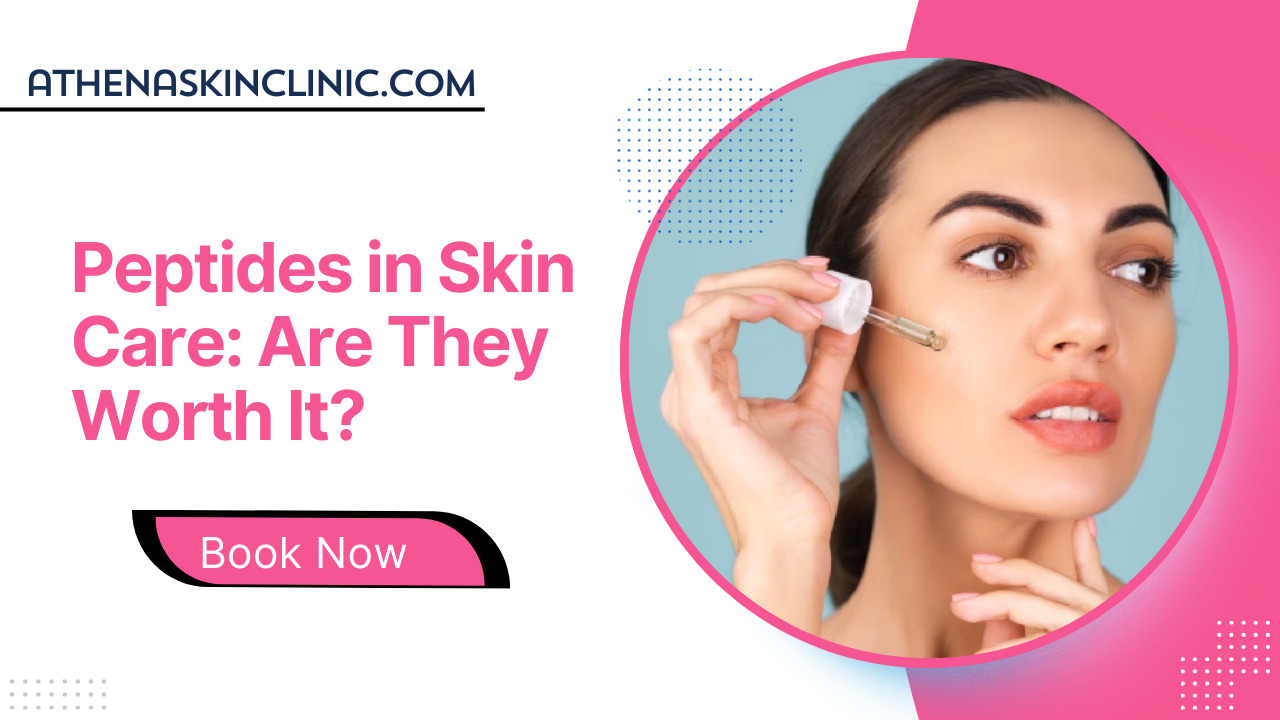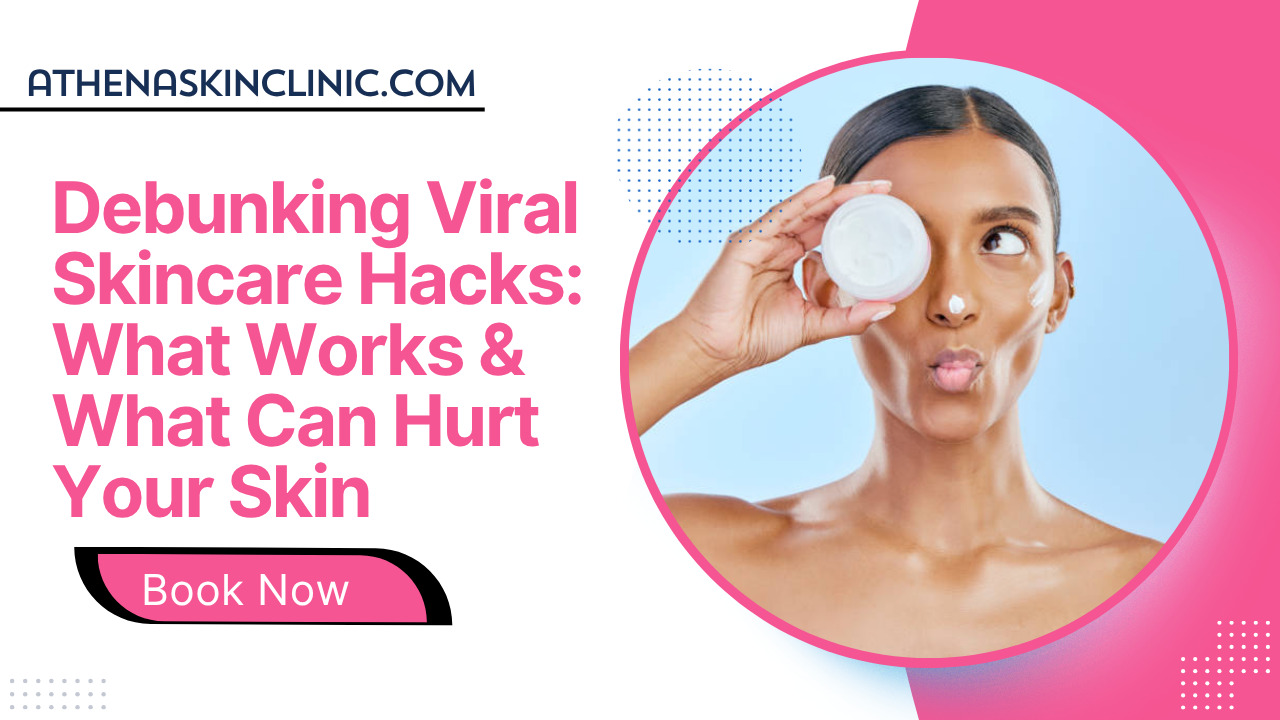
Debunking Viral Skincare Hacks: What Works and What Can Hurt Your Skin
In the age of TikTok trends and Instagram beauty reels, it’s easy to fall for skincare hacks that promise flawless skin overnight. But when it comes to your skin, not everything that goes viral is safe—or effective. In fact, some of these DIY tips and tricks can do more harm than good. In this article,

